ようこそ!!

Hori's Japan Blueは、ニューヨーク市のクイーンズにある小さな手染め藍染め工房です。藍染めは、インドで栽培された植物「インディゴフェラ・ティンクトリア」から抽出された天然藍を使用しています。
濃紺のパウダー状の藍は、石灰を溶いたアルカリ性の溶液のなかでアカネの根、小麦ふすまなどの酵素パワーで還元され染めの準備が整います。必要なら日本酒も投入し発酵を助けます。
レディース
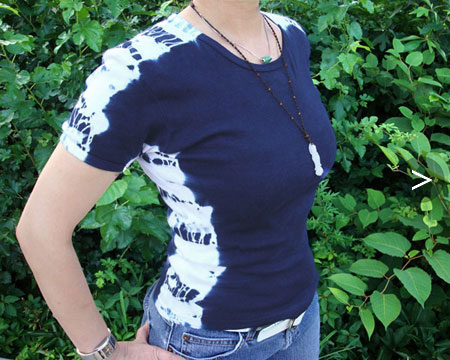
半袖Tシャツ #1
四方に施された絞り染めは、とてもクールで個性的です。
四方に施された絞り染めは、とてもクールで個性的です。
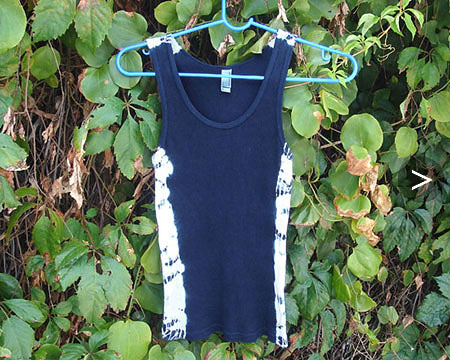
タンクトップ #1
同じ四方の絞りの模様はとても涼し気です。
同じ四方の絞りの模様はとても涼し気です。
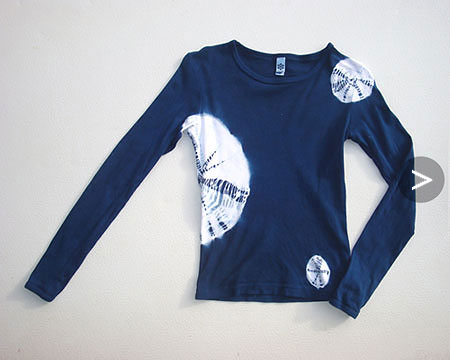
長袖Tシャツ #1
大中小の3つの巻き上げ絞り模様の構図が絶妙な、ベストセラー商品のひとつです!
大中小の3つの巻き上げ絞り模様の構図が絶妙な、ベストセラー商品のひとつです!
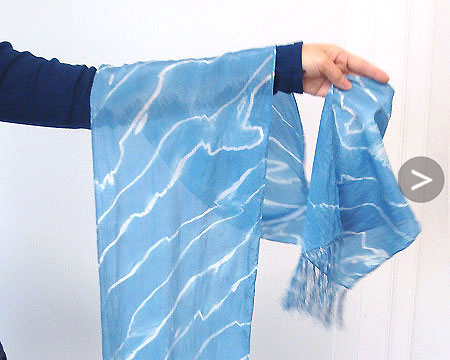
絹のスカーフ "波"
この技法は、伝統の嵐絞りからインスピレーションを得ています。
この技法は、伝統の嵐絞りからインスピレーションを得ています。
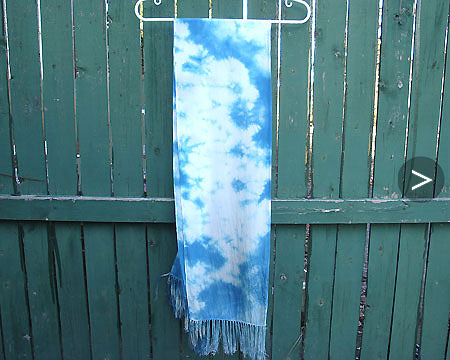
絹のスカーフ "雲"
この美しい雲を染め出すには、かなりの経験が必要です。
この美しい雲を染め出すには、かなりの経験が必要です。
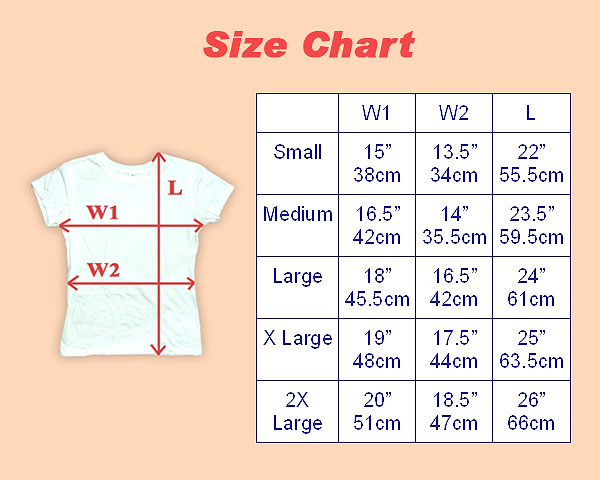
自然

藍染めの青は、ジーンズの色として知られています。この青は、人間にとって特別な色です。空の色…海の色…
以前は、染色の工程をはるかに簡単かつ迅速にするために強力な化学薬品を使用していました。しかし、化学反応で発生する蒸気のために喘息が深刻化してしまいました。
そこで、すべて天然素材を使った、より複雑で難しく、はるかに時間のかかる天然藍染めの方法を始めました。化学薬品を使う場合、染色準備には1時間しかかかりませんが、天然藍染めの場合は7~10日かかり、費用も高くなります。
この方法は、日本酒、チーズ、パンのように、バクテリアと酵素を使った自然発酵プロセスによって「還元」を可能にします。バクテリアと酵素を生かすためには、温度、pH、栄養(彼らは食べるんです!)など、藍染め液の環境を毎日調整・管理しなければなりません。
数年間の試行錯誤を経て、この方法を完成させ、藍染め液は安定して染色できるようになりました。体調も精神状態も良好で、この伝統的な染色方法のおかげで以前よりもずっと良い状態です。